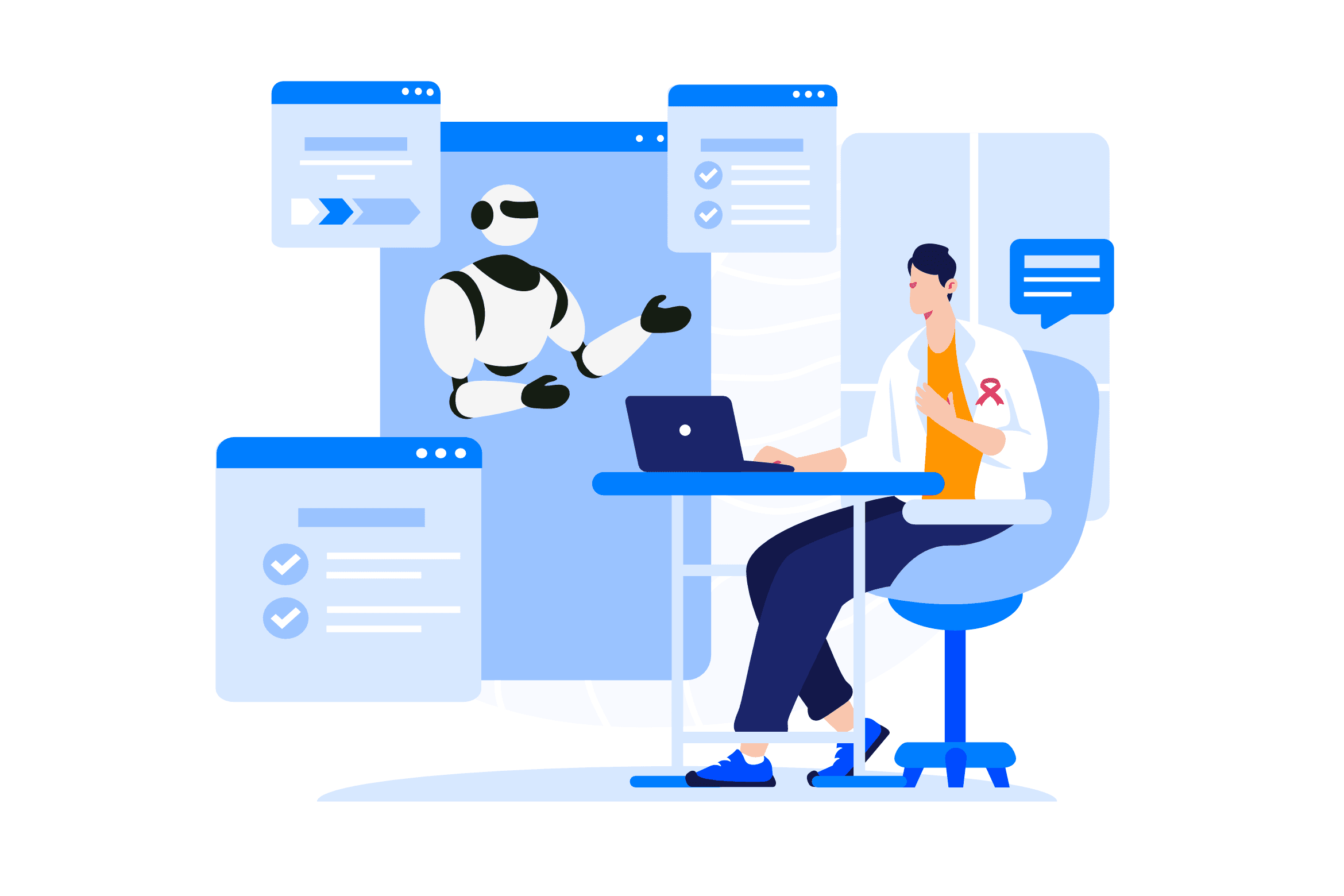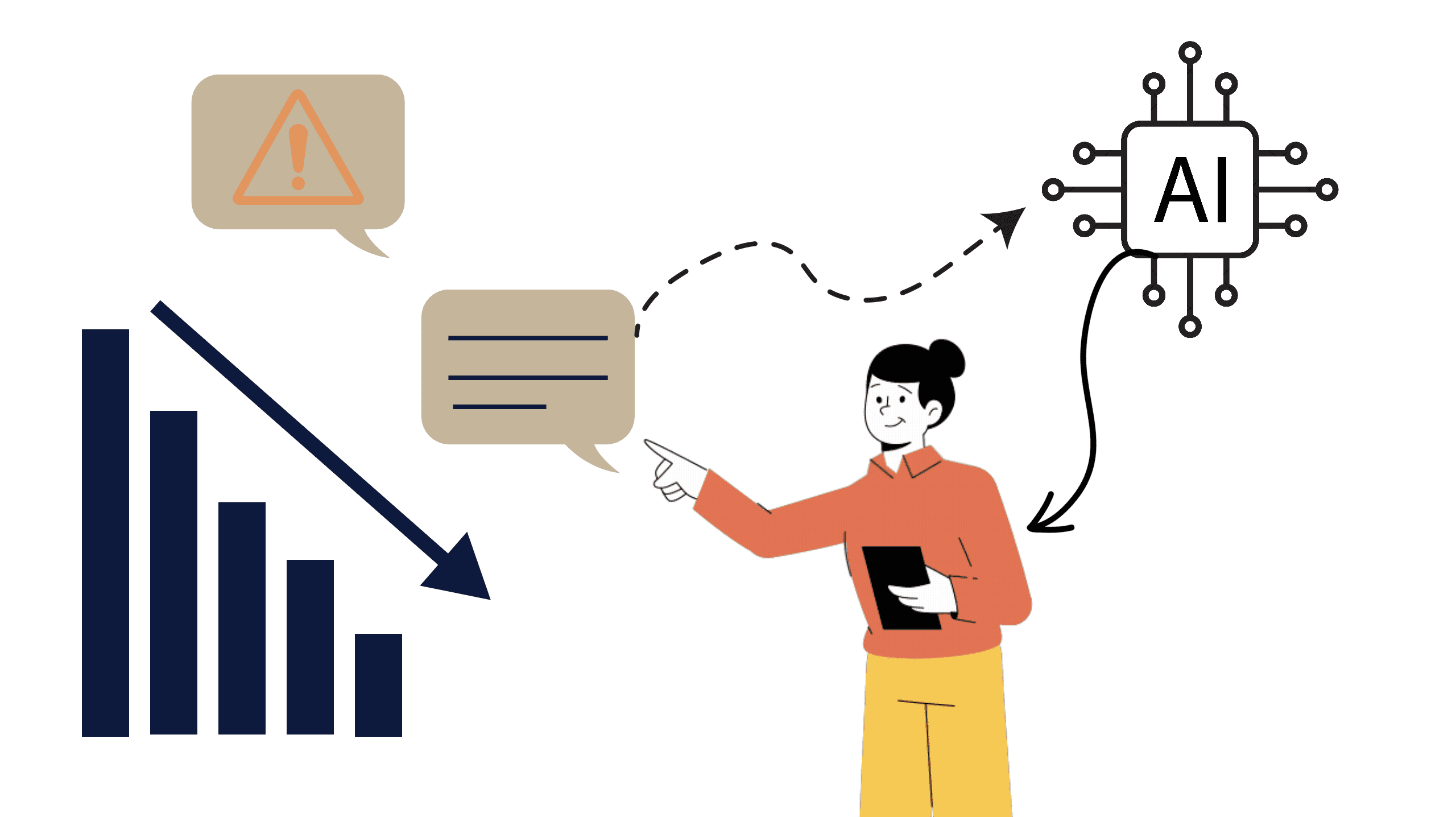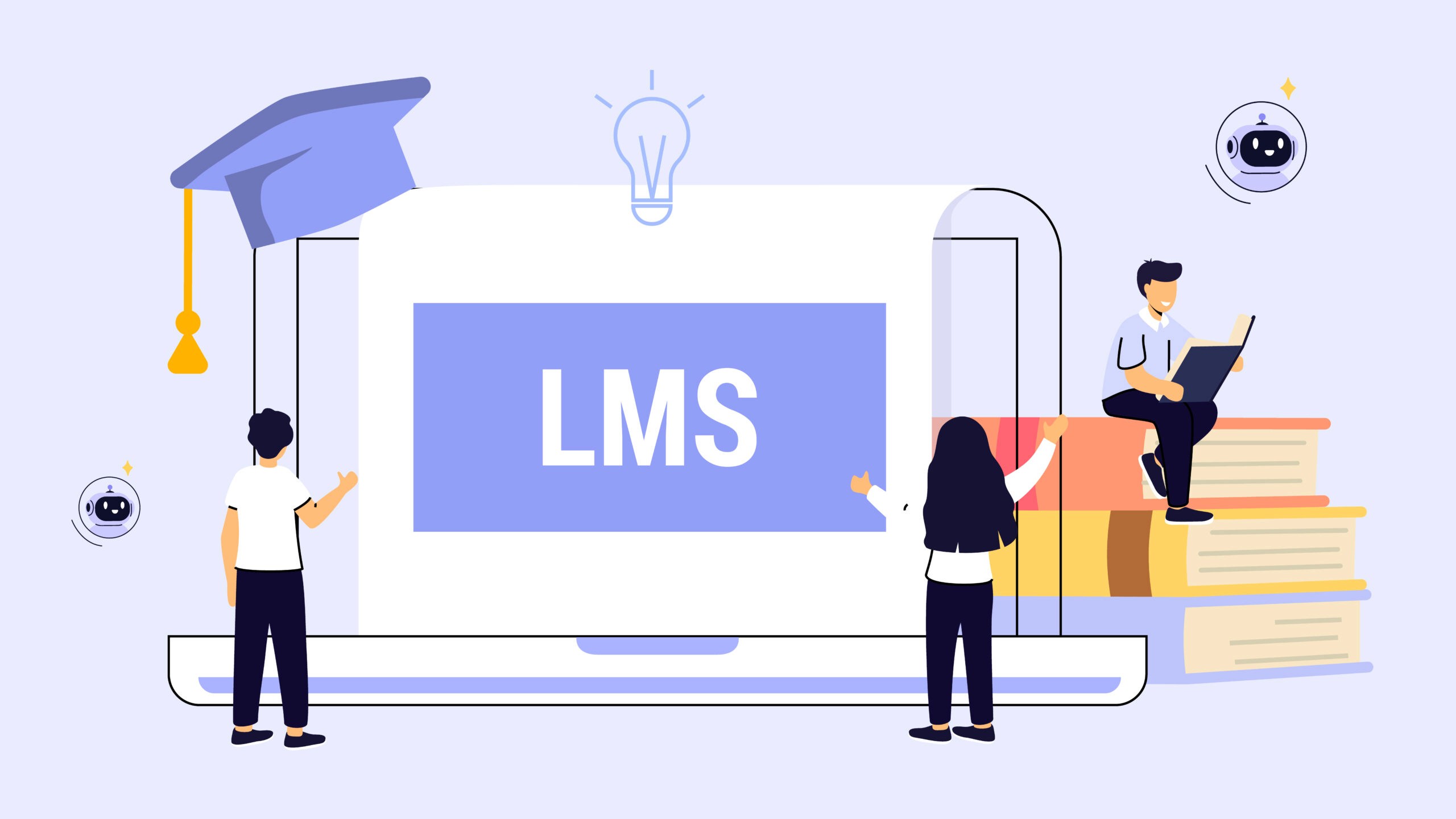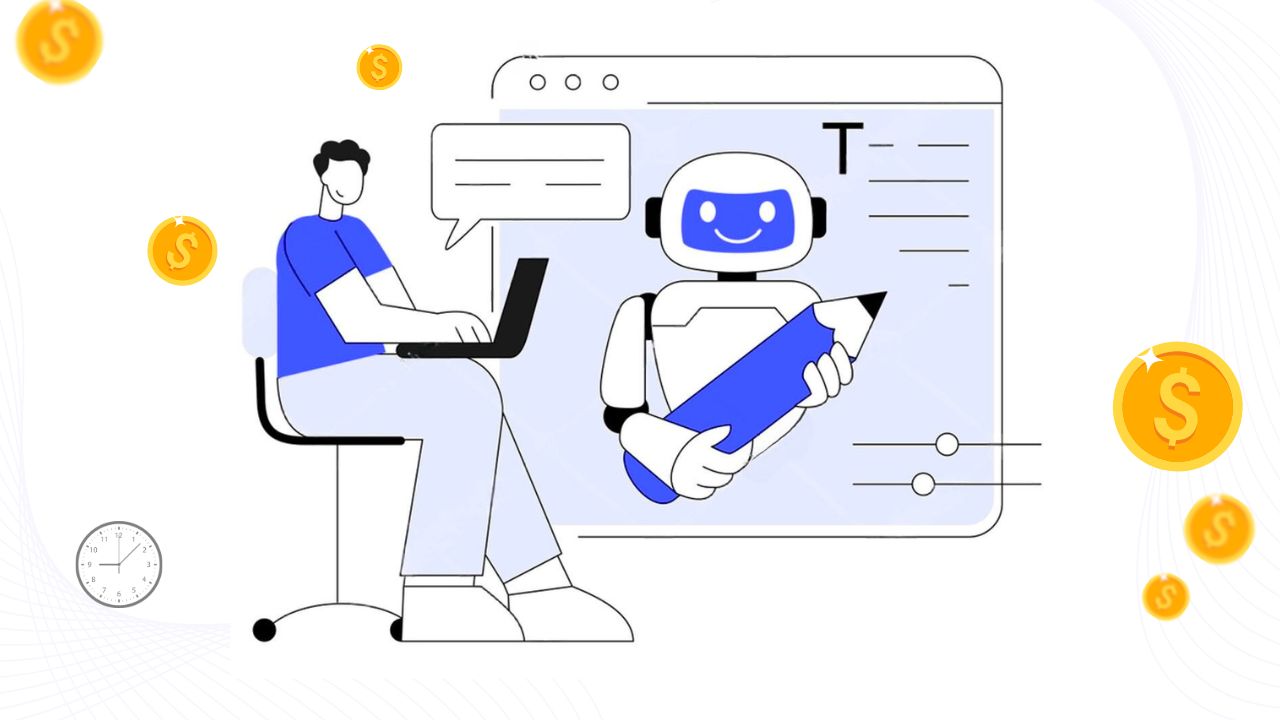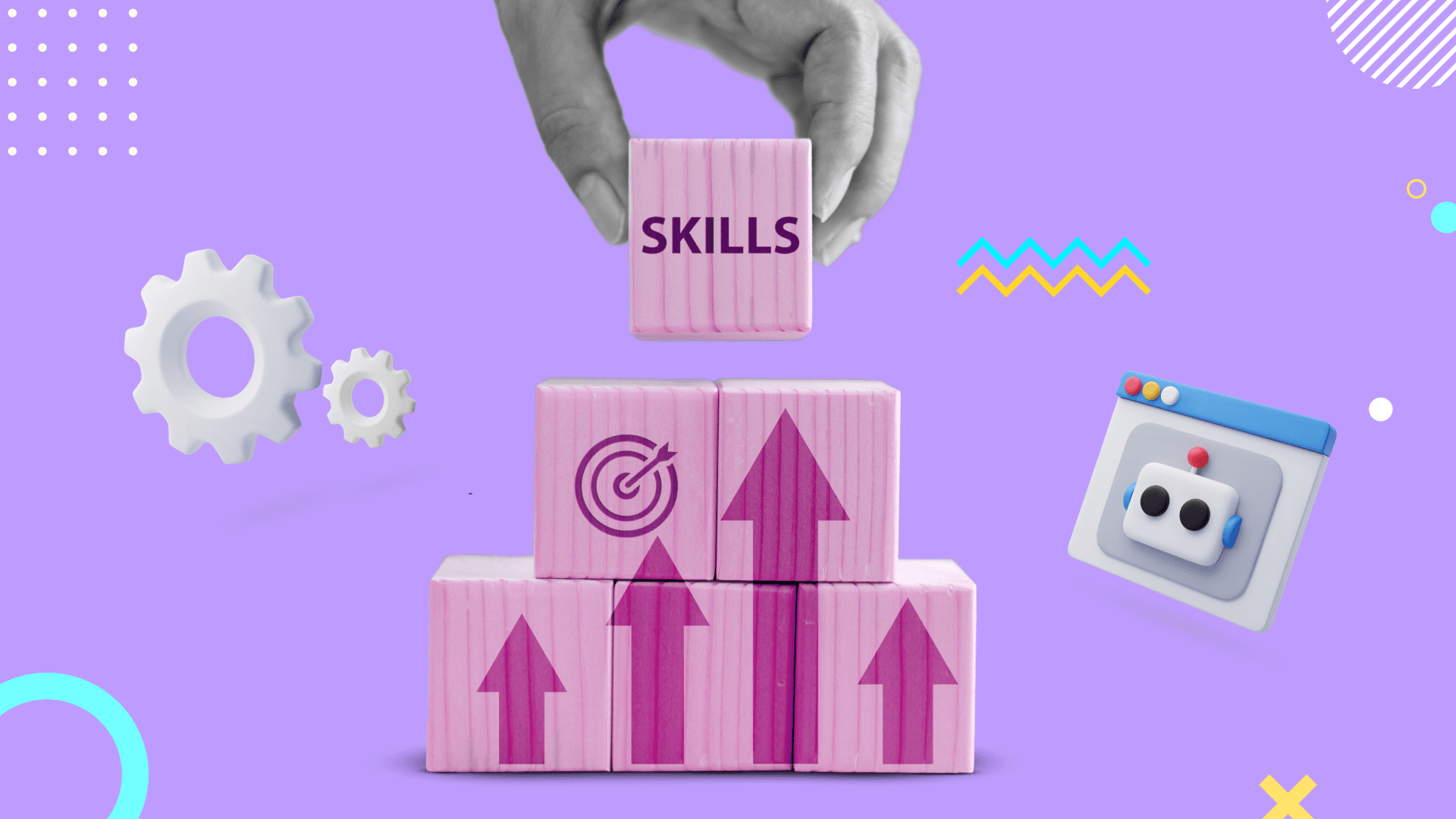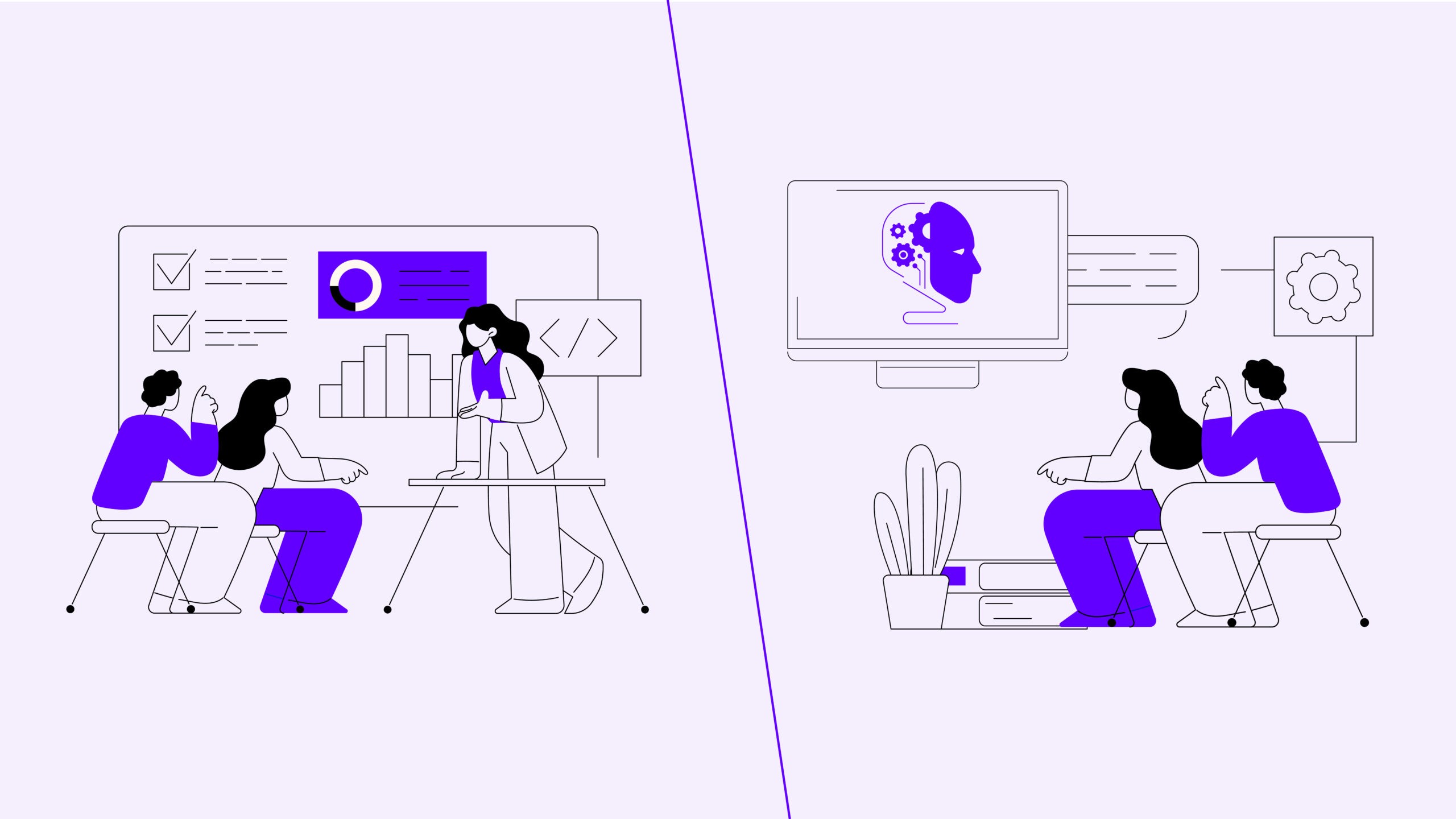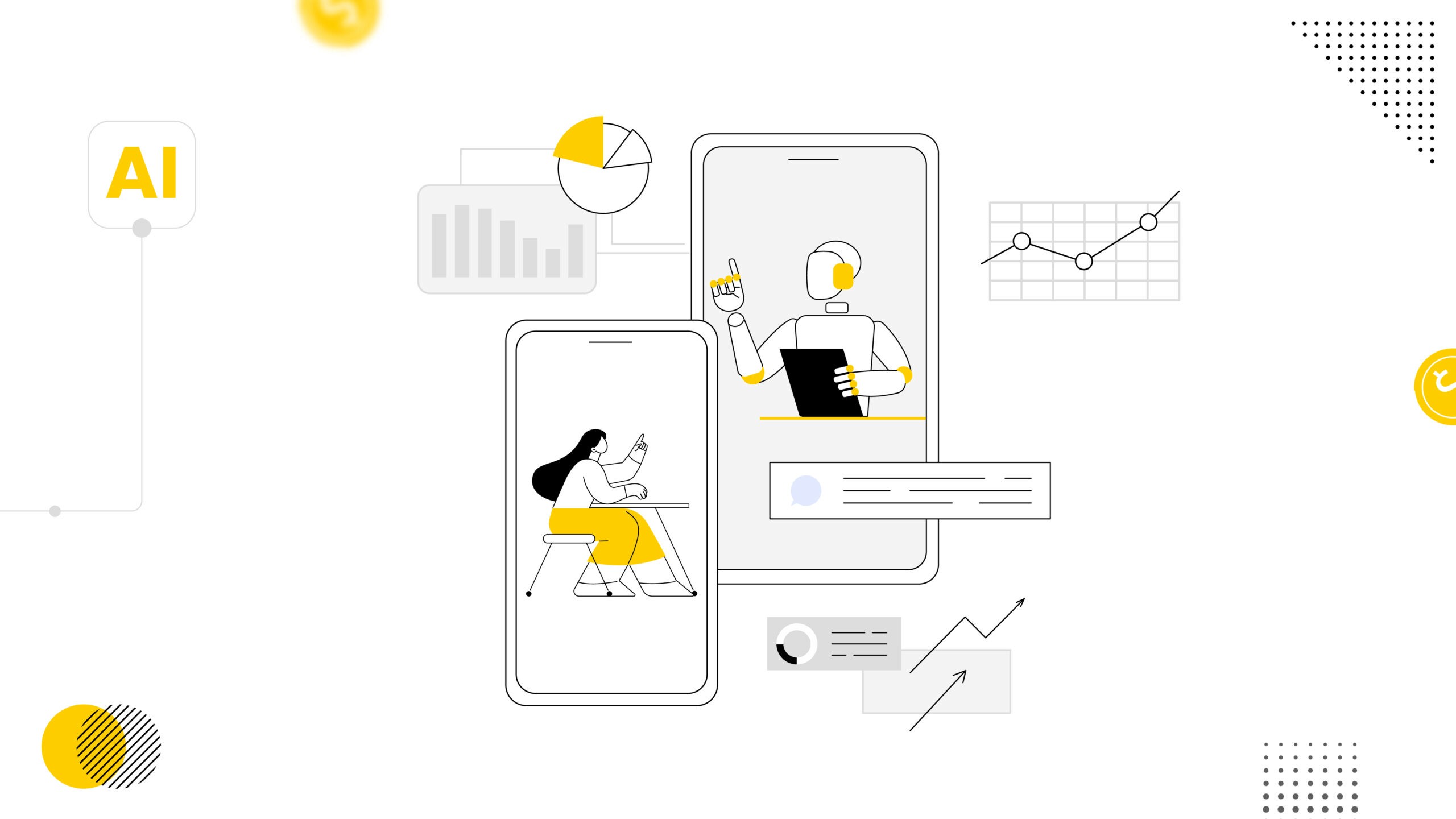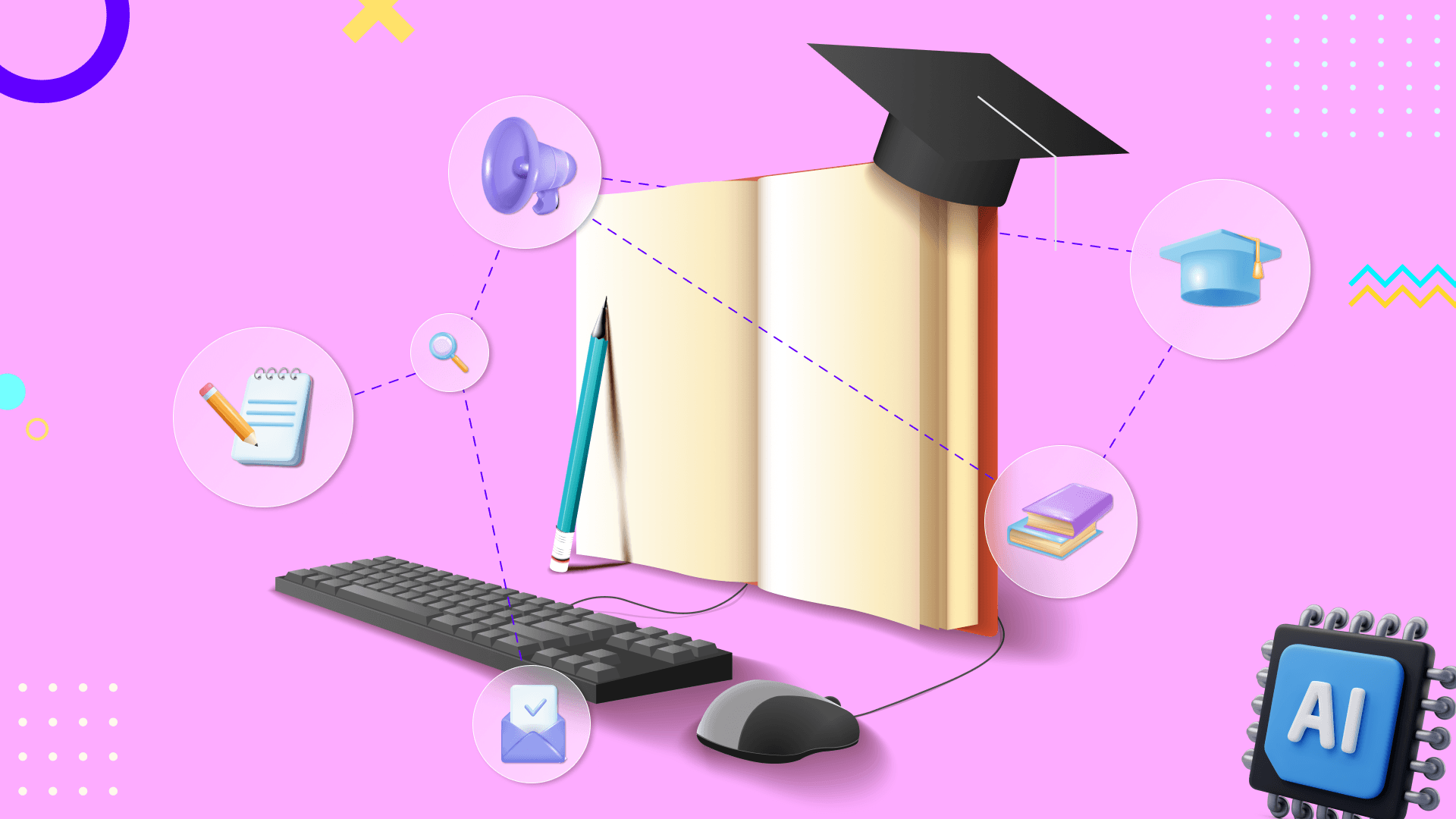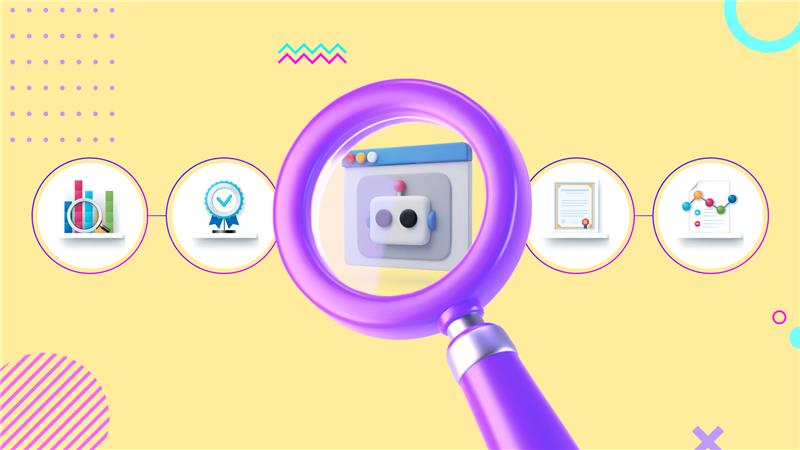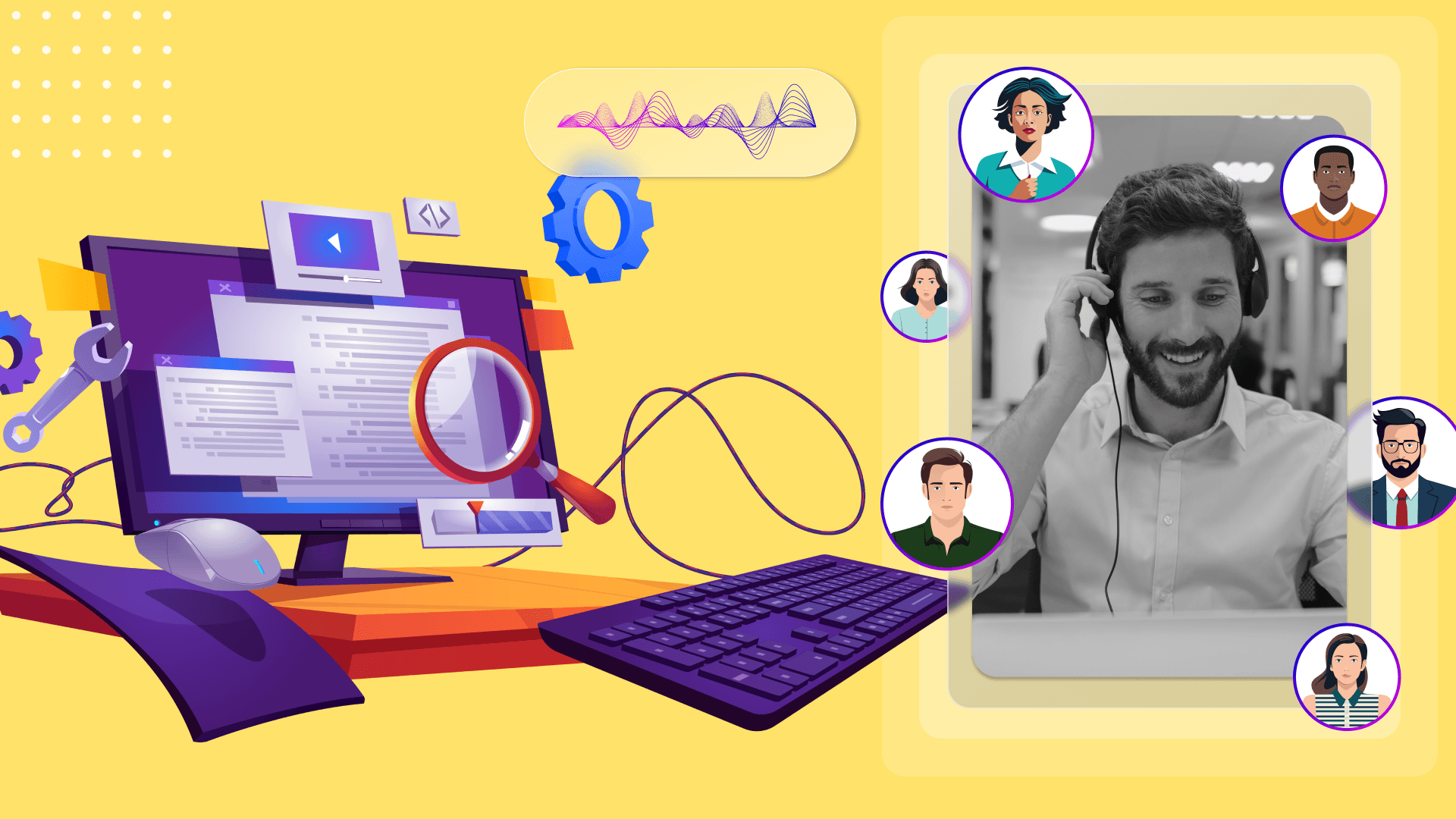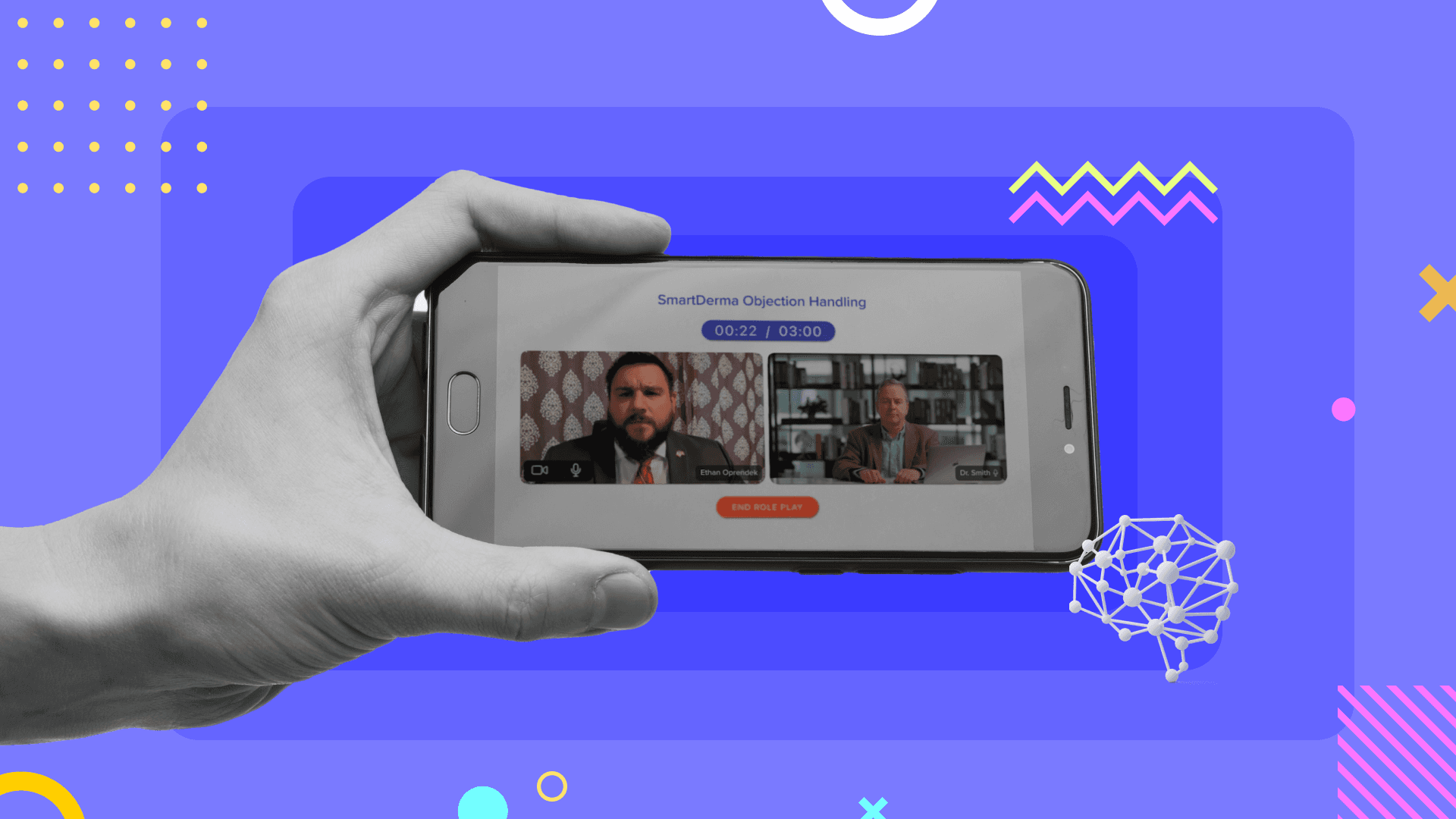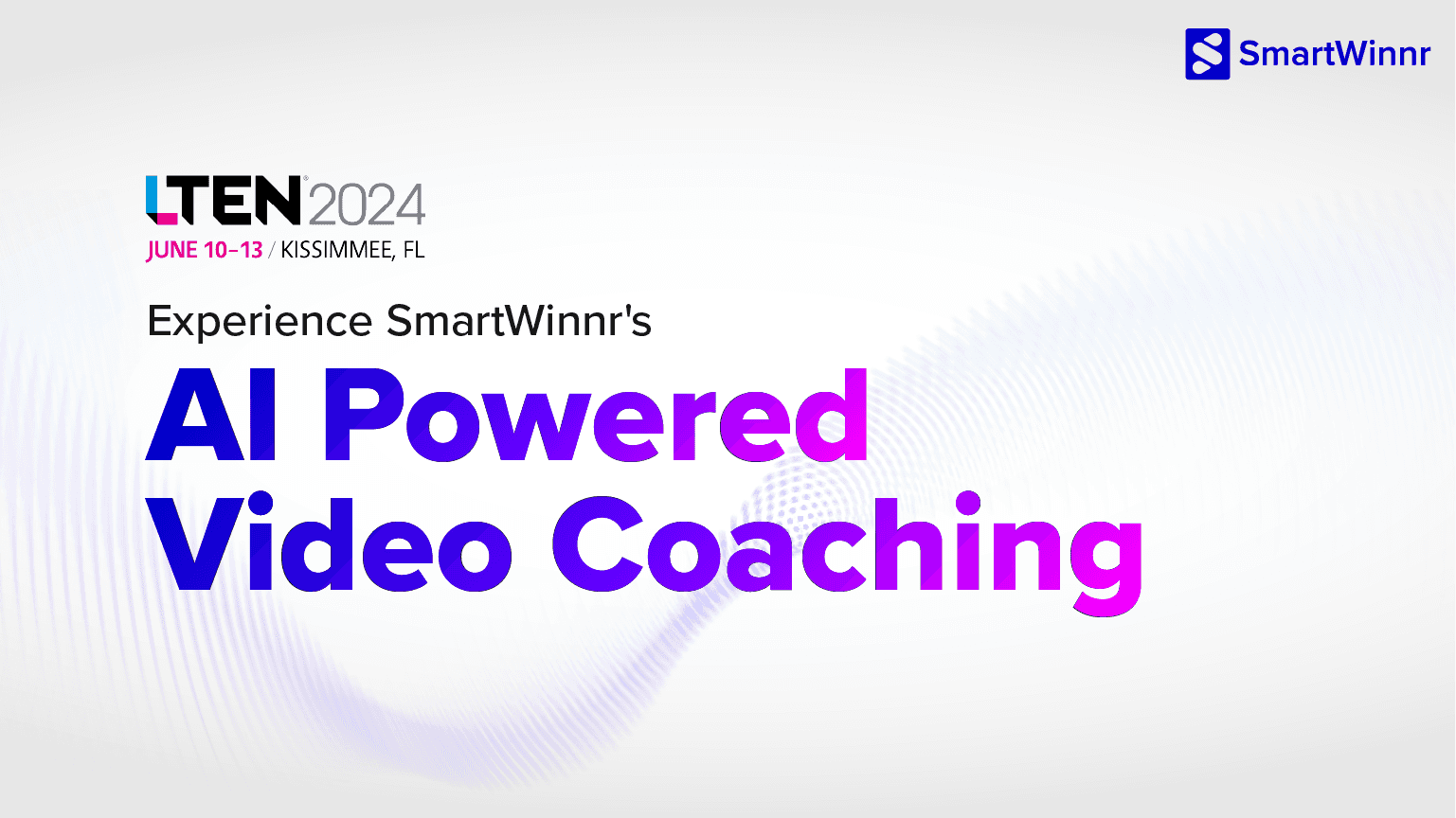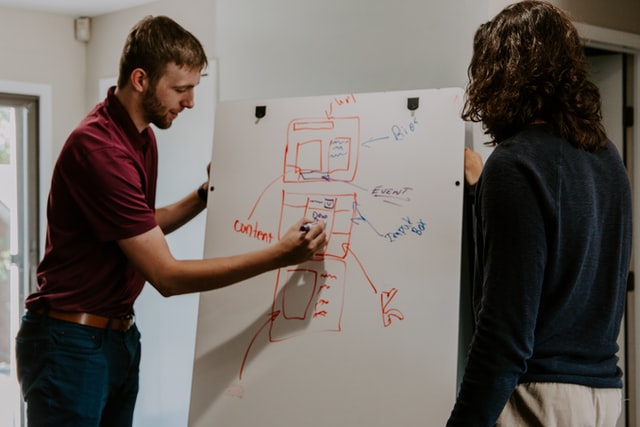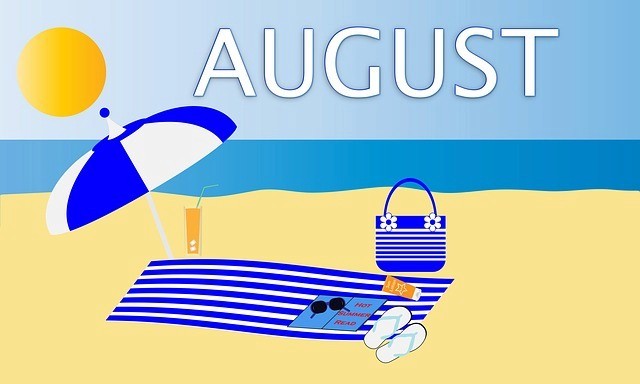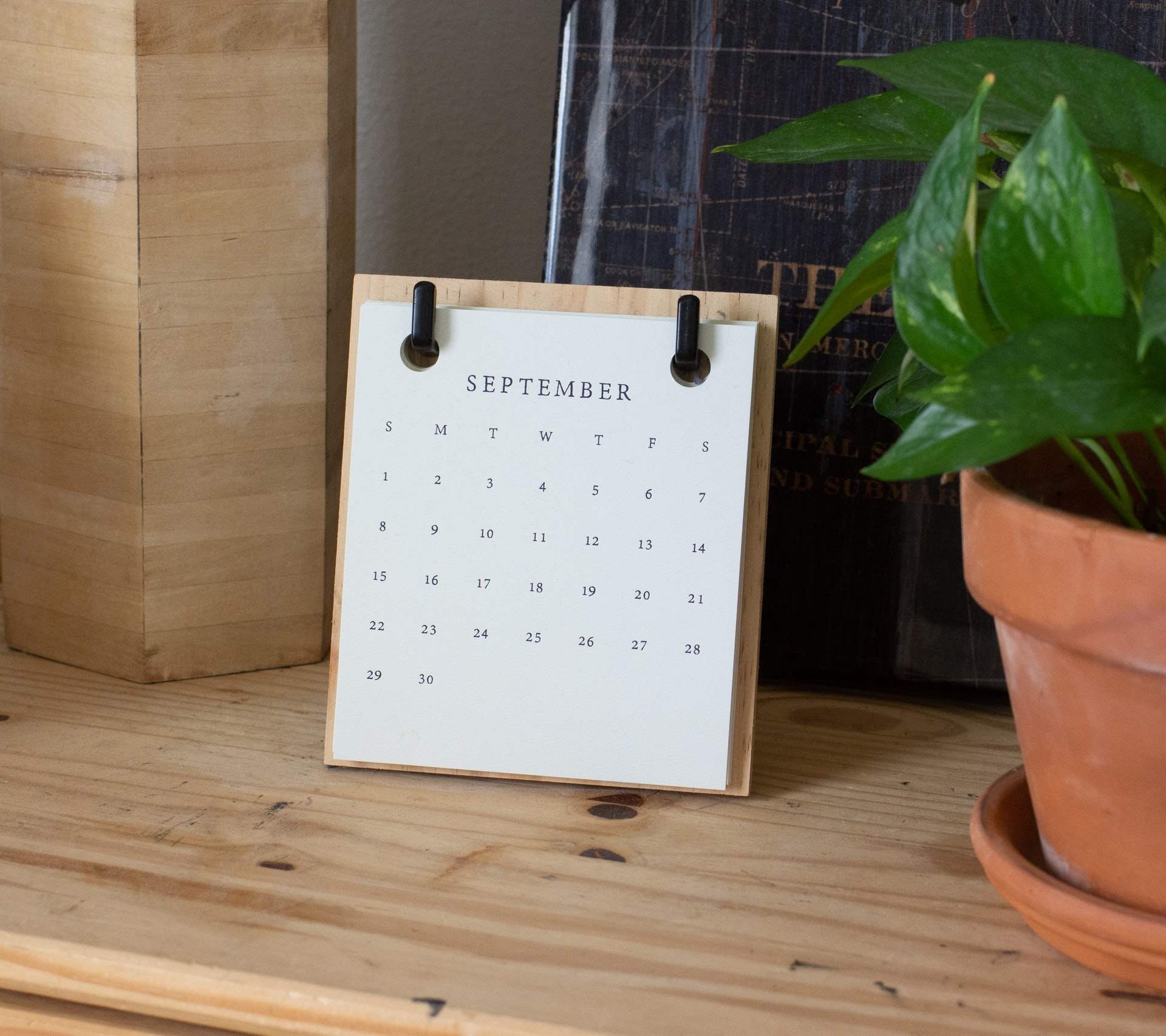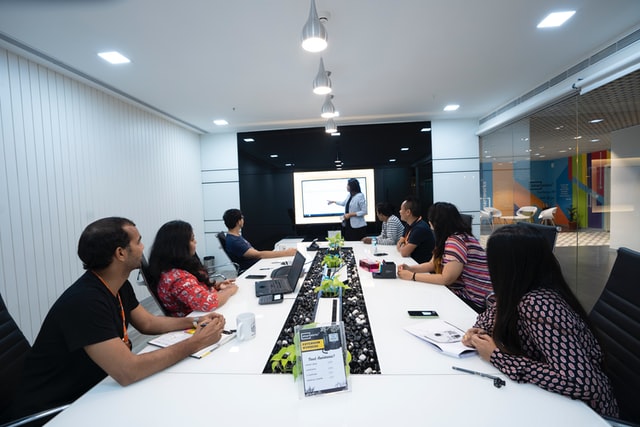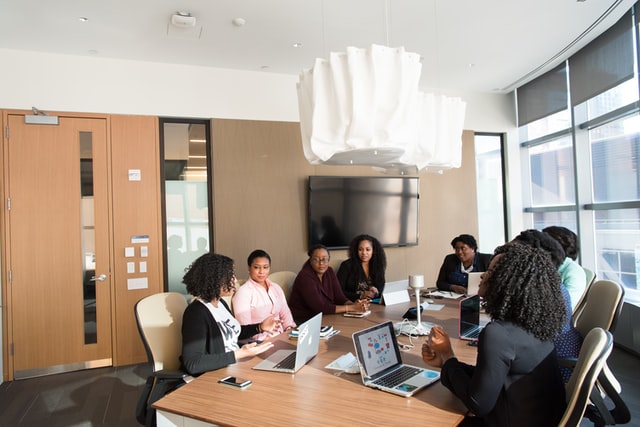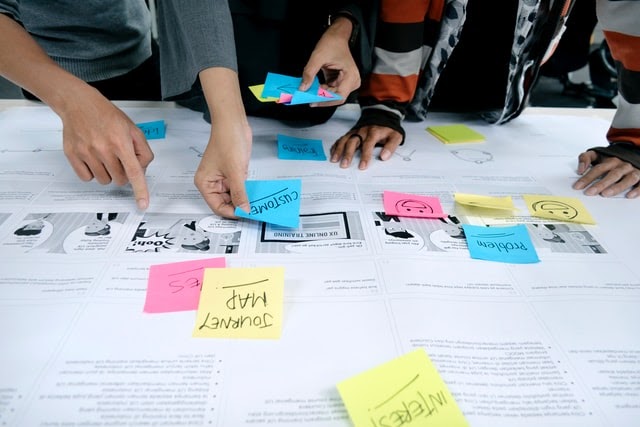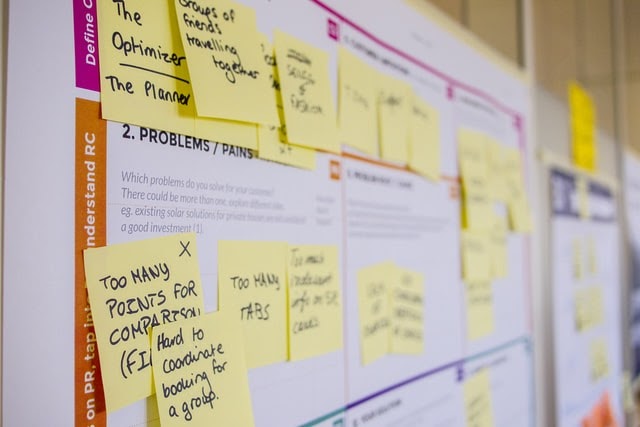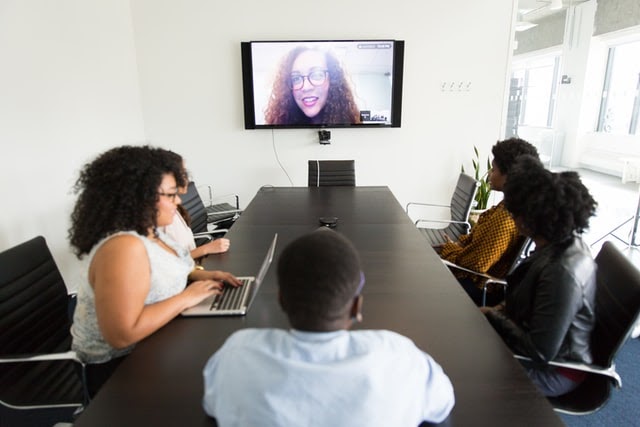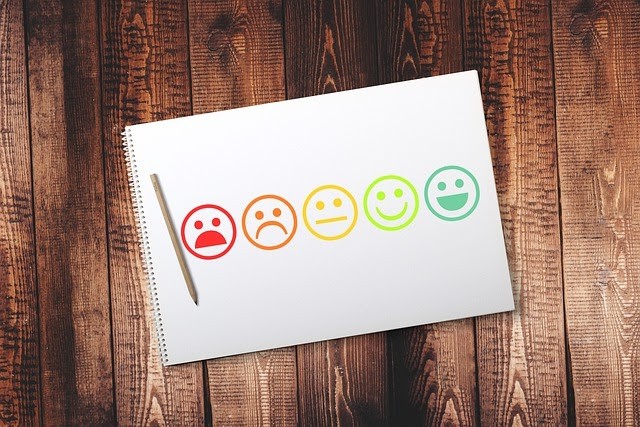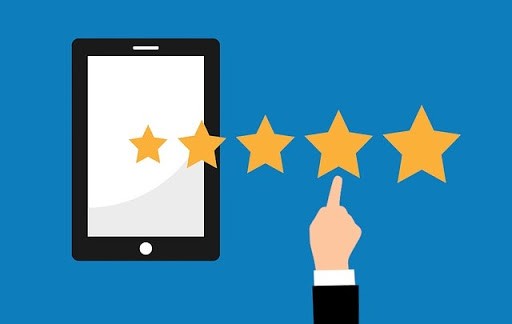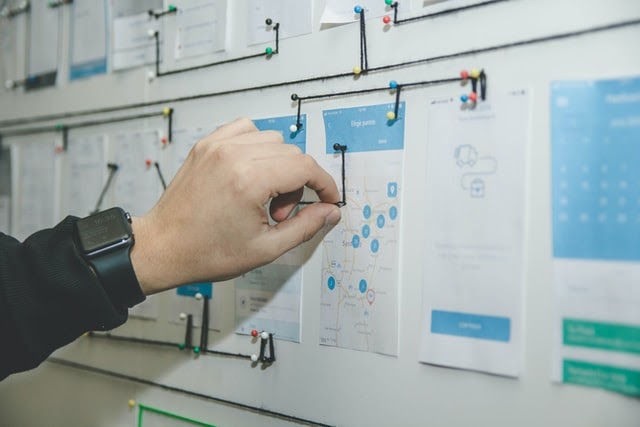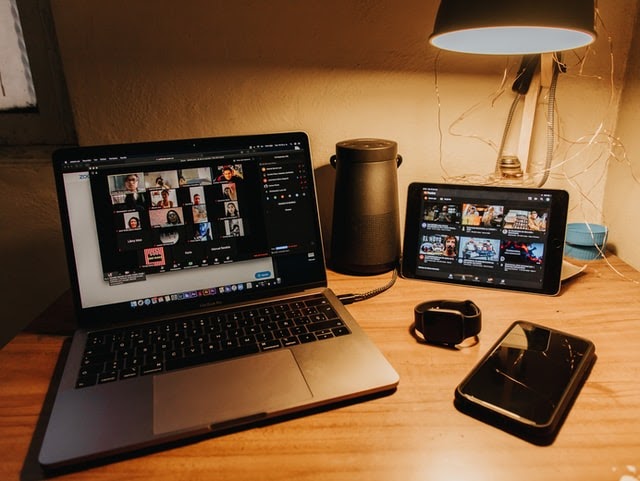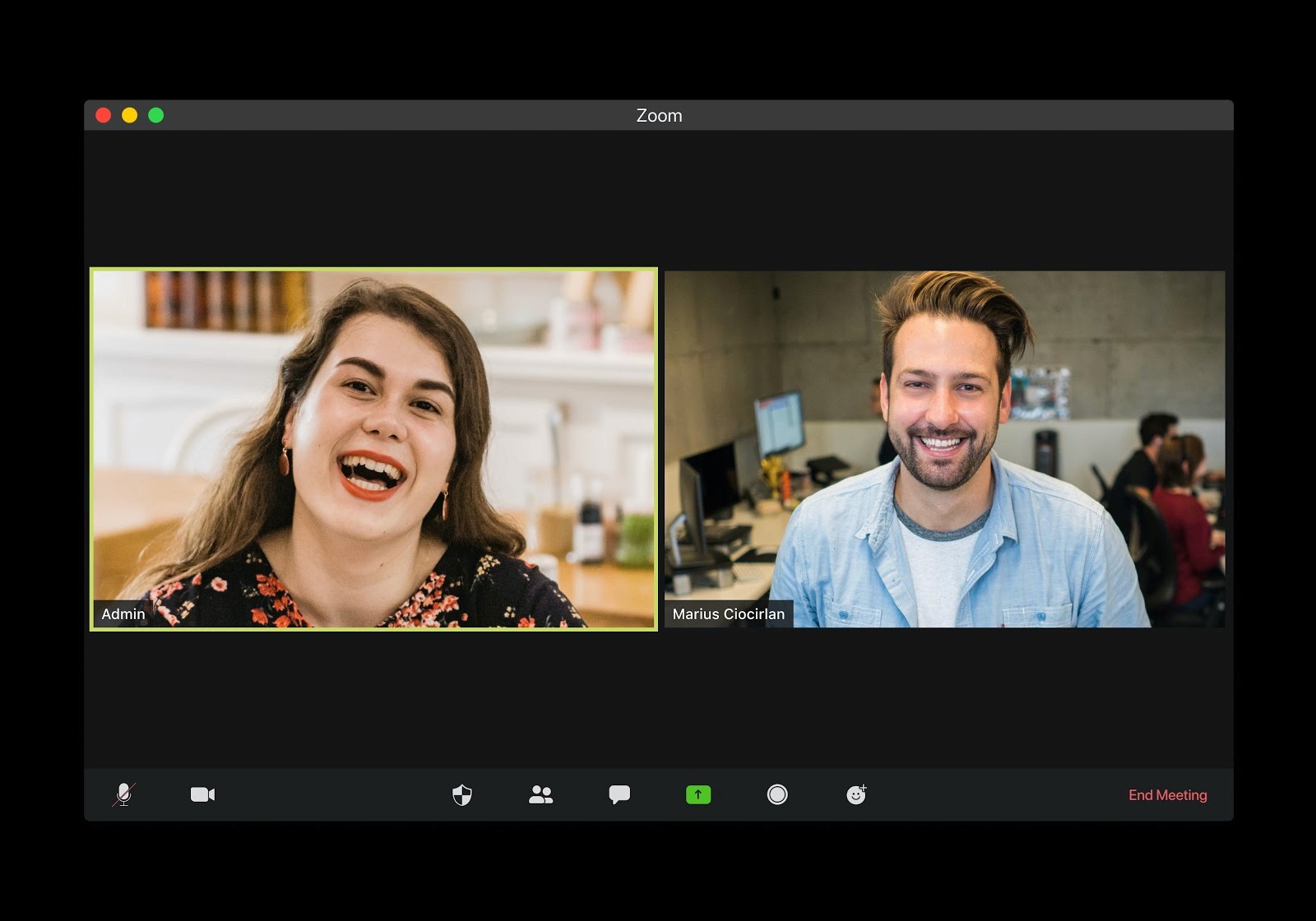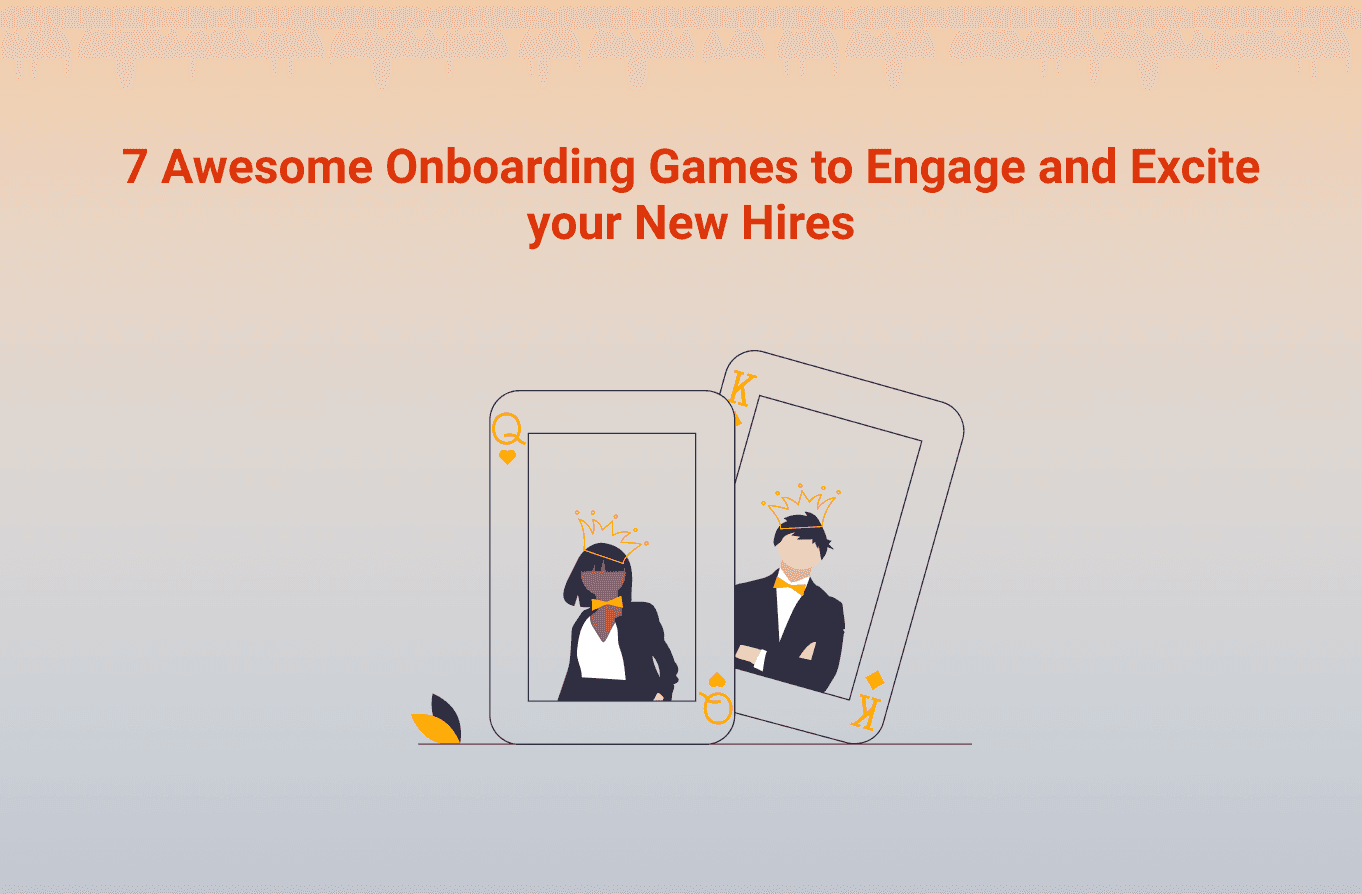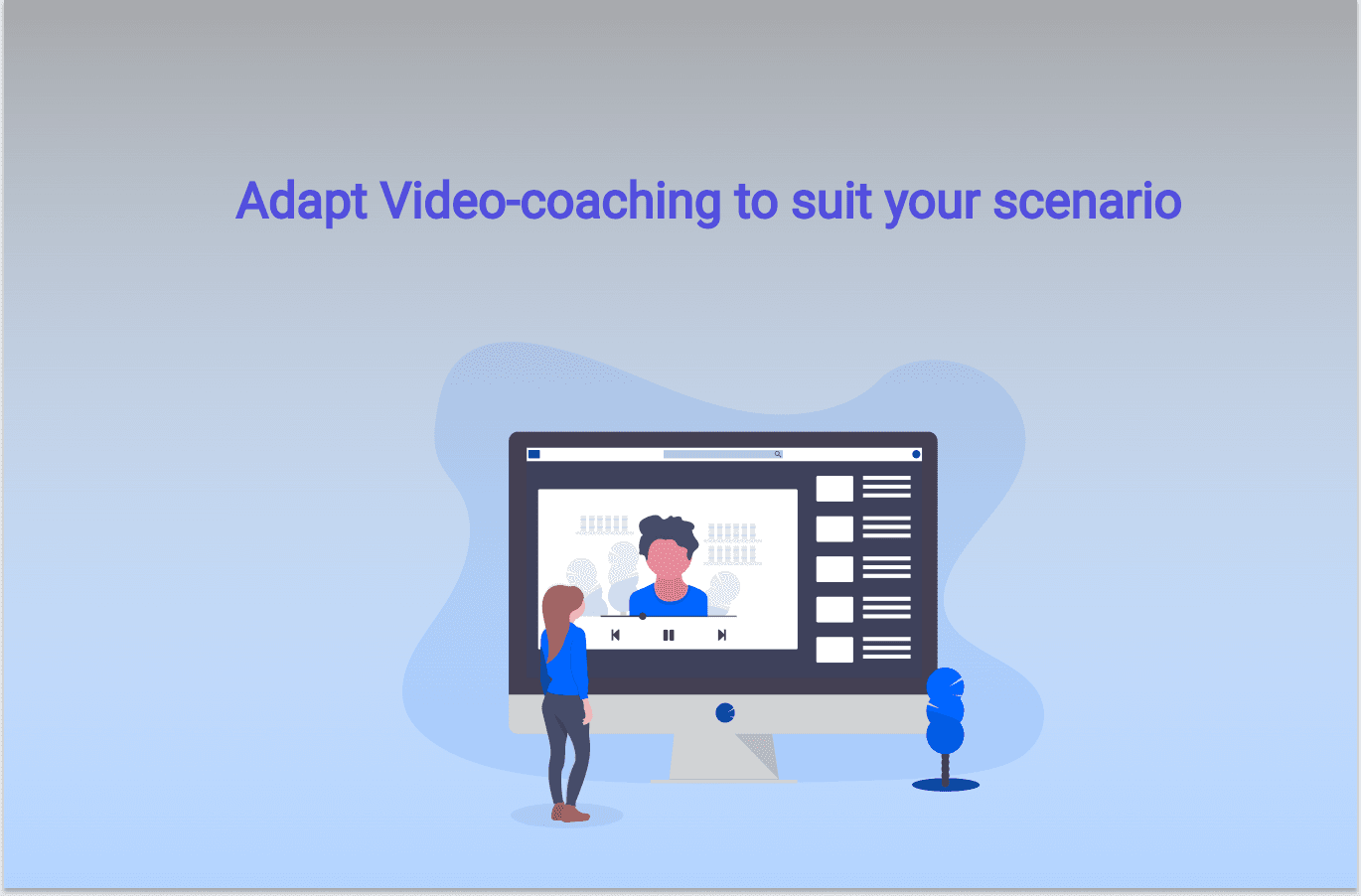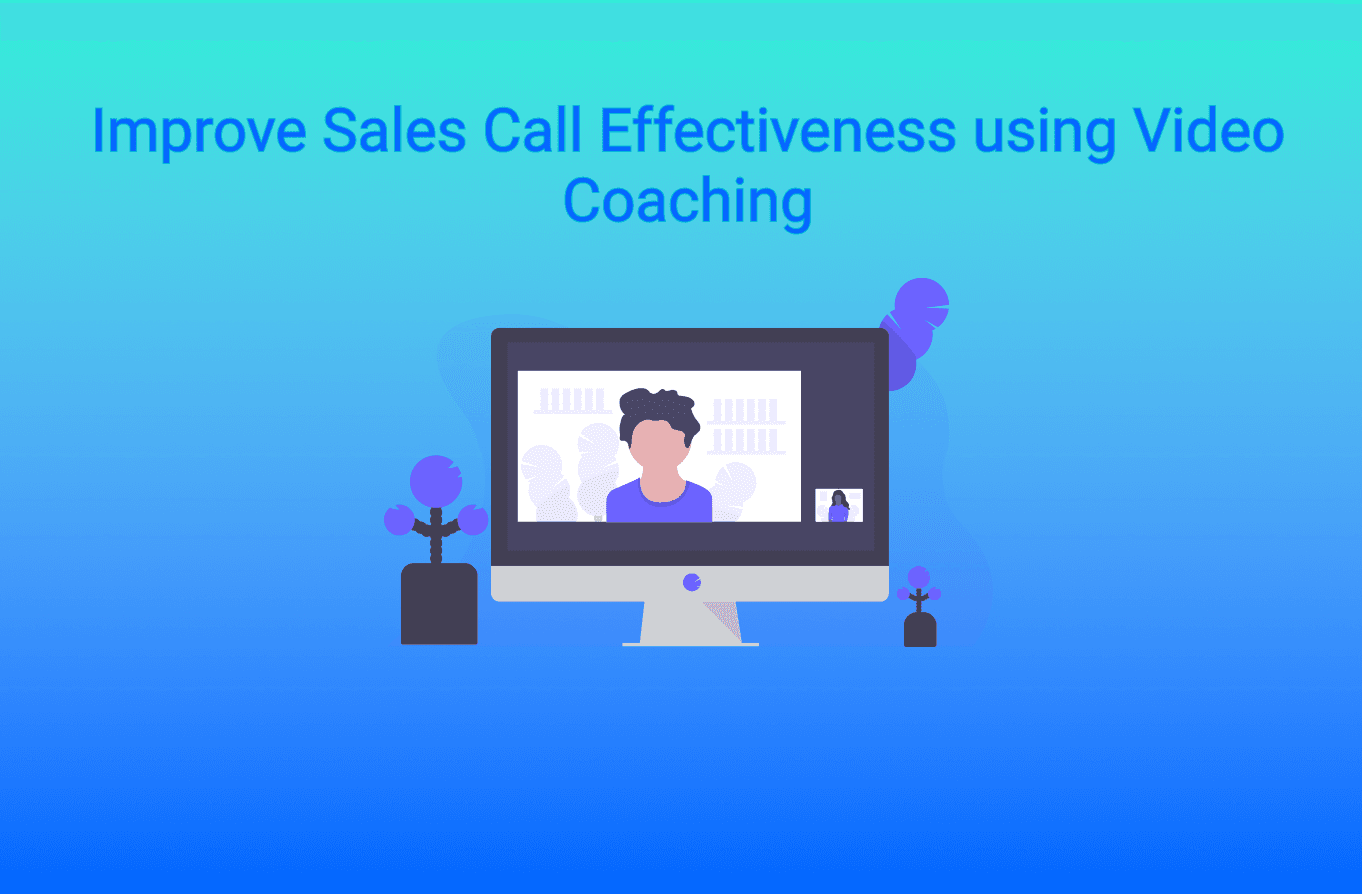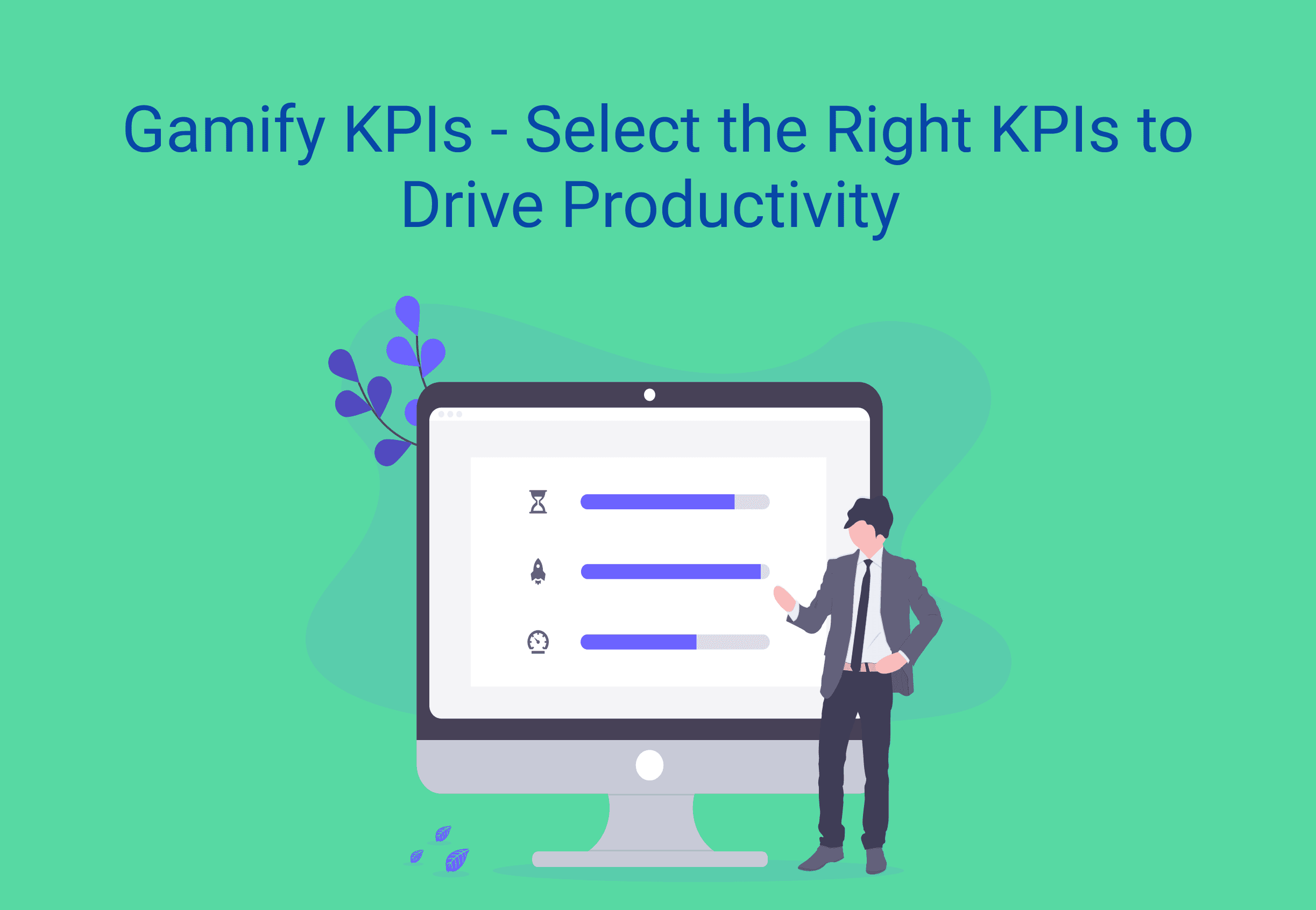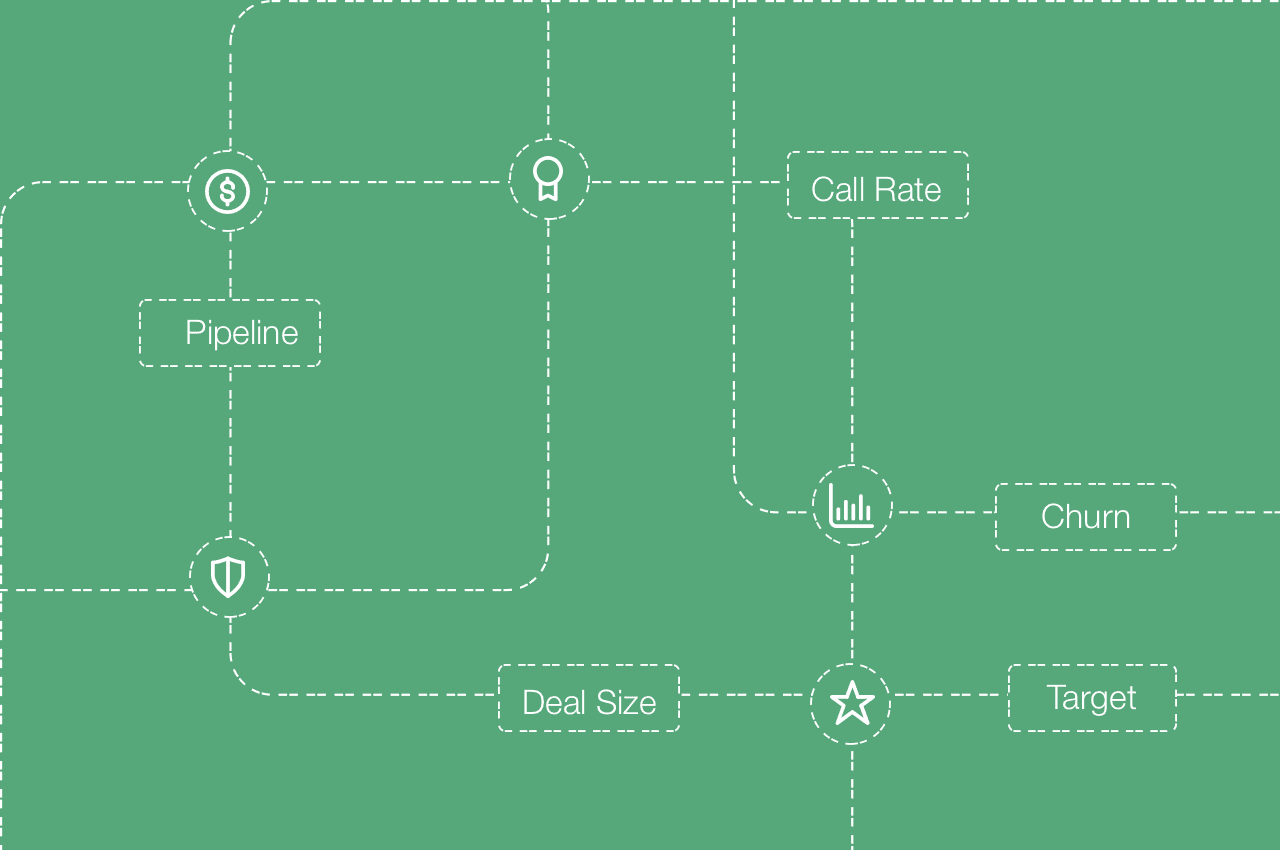Consider this scenario:
You are just a few days away from entering into a new quarter. You have got big plans for the upcoming quarter. You have launched a new product line and want your sales reps to make it a hit in the market.
In a normal world, you would have gathered your salesforce in a training room and conducted a 2-day training session. But, right now, we live in what is called the “new normal”– where gatherings and face-to-face meetings are prohibited.
So, the only way to go about it is– to go “virtual” with your training.
Not sure how to take your face-to-face training to a virtual setting? We are here to help!
In this blog, we are going to take the example of ‘New Product Training’ and explain a detailed day-to-day schedule of transforming your 2-day face-to-face training into a Microsoft Teams’ virtual training.
You will get to learn how to virtually conduct:
Pre-training activities
Actual training activities
Post-training activities
So, without further adieu, dive in and check out
Pre-Training
It’s crucial to conduct pre-training activities in order to:
Spark the interest and enthusiasm of your trainees
Engage them with the training even before it begins
Start the pre-training activities one week before the actual training begins.
Below is a day-wise schedule of pre-training activities:
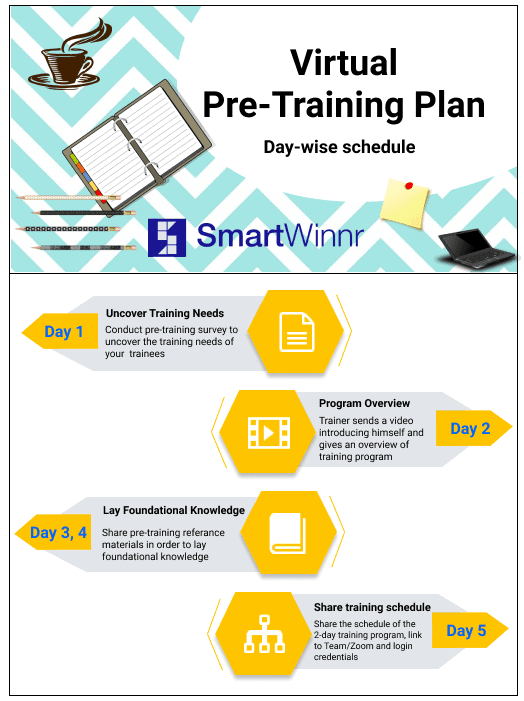
Day 1: Send out a pre-training survey to all the trainees in order to uncover their training needs. This helps you to customize your training program in such a way that:
It appeals to your target audience
Meets their individual training needs
As a result, you will have a highly engaged audience in the training sessions
Here is a sample pre-training survey:
1. How many years of sales experience do you hold?
2. Tell us about the most difficult sales situation that you have encountered and what actions did you take?
3. When was the last time you have attended a skill-based training?
4. From the list below, pick 3 skills that you think you are most perfect in
Product Pitching
Giving Demo
Probing
Negotiation
Objection Handling
Cold calling
Closing
5. From the list below, pick 3 skills that you think you need to improve
Product Pitching
Giving Demo
Probing
Negotiation
Objection Handling
Cold calling
Closing
6. List down all the sales tech platforms that you have used before and are fluent with
7. What outcome do you expect from this training?
Day 2: Send a short video from the trainer. Trainer should introduce himself and talk about:
Purpose of the training program
What all topics are going to be covered in the training
How is this training going to help the reps achieve their professional goals
It’s important to cover ‘What is in It for Them’.Day 3 & 4: Send pre-training resources and reference materials to the learners. Like,
Product Collaterals
Information about the target market, customers and ways of selling to them
Best practices to close deals during the pandemic crisis etc.
Encourage the learners to go through these materials. This lays a foundational knowledge and prepares them for what they are going to learn in the training.
Pro-Tip: At the end of day 4, you can conduct a short quiz test to see how much knowledge have the learners gained from the reference materials.
Day 5: Send an email with the schedule of the 2-day training program. Also include, the link to the virtual platform, login credentials (if needed) and instructions on getting started or using the platform (if it’s their first time using it)
Actual Training
Now, it’s time to begin the actual 2-day training. Conduct this training digitally through platforms like Microsoft Teams or Zoom or Webex.
Break down the training into various sessions and create a schedule for those sessions. This ensures that everything progresses as per a plan avoiding any chaos.
Check out the template below to see how to create a day-by-day schedule of a 2-day training program:
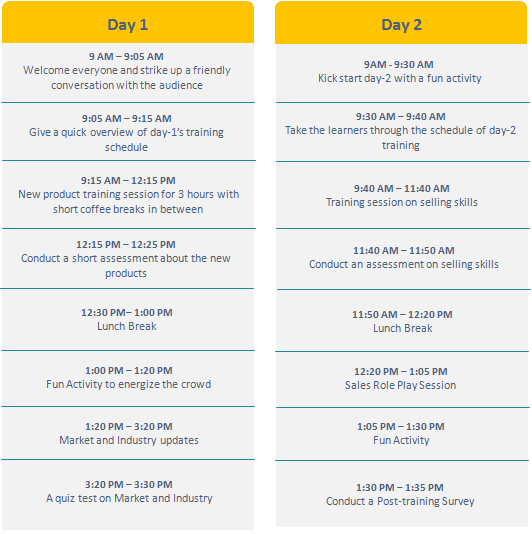
Day 1
Session 1: Welcome & Introductions (5 minutes): Kick-off the day 1 training with a short introduction from the trainer. The trainer should
Welcome everyone
Thank everyone for their participation
Introduce himself formally
And, let everyone introduce themselves
Session 2: Overview of the day1 schedule (10 minutes): Next, the trainer should move on to a quick overview of the schedule of the day-1 training.
Session 3: Product Training (3 hours): This is the session where you provide training on the new products. Training should cover:
How each new product works
What are the unique features and benefits of the products
How to perfectly pitch or give a demo of the products
How to install and service the products (if required)
How to train the customers on using a product (if needed)
Quick-Tip: Since three hours is a pretty long session, make sure to facilitate 5-minutes coffee breaks in between.
Session 4: Assessment (10 minutes): After the training session, conduct a short quiz test on products. Taking a test immediately after learning, ensures that the information that the learners have received during the training is cemented into their brains. This helps them to retain crucial information for a long time.
Lunch Break (30 minutes): Give a lunch break for 30 minutes
Session 4: Fun Activity (20 minutes): After an intense product training session and lunch, it’s time for a fun activity now. Here is a fun game:
Poll your opinion: Conduct interactive live polls. This helps you to
Create a fun and engaging environment
Give a break from a regular training session
Gather interesting information from the audience and get to know them a little on a personal level
You can either have fun questions in the poll or training related questions. Or you could have a combination of both. Below, we have provided examples of both kinds of polls:
Fun Poll Questions: What kind of location would you prefer for a team trip?
Mountains
Beaches
Which superpower would you like to have?
Mind reading
Invisibility
Teleportation
Flying
I already have a superpower
When passing by a reflective surface, I…
Use it to see if anyone is following me
Check myself out, doesn’t everyone?
Use to contemplate the deeper meaning of life
If you could travel in time, would you want to see…
The past?
The future?
I’m good where I am
Training Related Poll Questions:
Put yourself in the customers’ shoes and rate our new product on a scale of 1-10.
Did you come across any customers so far who enquired about the new product?
Session 5: Market Updates (2 hours): After the fun round, it’s time for another training session. Focus this session on educating your trainees on
The market landscape
Competitors
Industry-related compliances and policies
Session 6: Assessment (10 minutes): Conduct a short quiz test. Focus the quiz questions on what the trainees have learned in the previous training session.
Day 2
Session 1: Fun Activity (30 minutes): Give an exciting start to day 2 with a fun activity. This helps in boosting the energy levels of your audience so that they can function actively for the rest of the day.
Session 2: Overview of the day 2 schedule (10 minutes): In this session, the instructor takes the learners through the schedule of the day-2 training.
Session 3: Skill-based Training (2 hours): Next up, skill-based training. Focus this session on improving your reps’ selling skills for selling the new product. Train them on
How to effectively deliver the USP of the new product
How to overcome pricing objections
How to sell the new product to different customer personas
How to negotiate terms and conditions with the customer
Which closing technique would work best in the current situation etc
Session 4: Assessment (10 minutes): Conduct a short quiz test of about 5 questions on selling skills.
Lunch Break (30 minutes): Give a lunch break for 30 minutes
Session 4: Role-play (45 minutes): Conduct a virtual role-play session. This helps the learners to put their sales knowledge into practice. Pick two participants randomly from the audience. Or ask for volunteers. One person plays the customer and the other plays the sales rep. Give a sales scenario for them to act out.
Example Role-play scenario: The customer asks how your product is better than one of the competitor’s products. Craft a response in such a way that it effectively convinces the customer to go for your product rather than the competitor’s product.
Put 5 minutes on the clock. Ask the participant to convince the customer within 5 minutes.
Once the role play is completed, engage your learners on:
What went well
What could have been done differently
Ask for real stories from the audience on similar topics
Break (10 minutes): Give a short break for 10 minutes
Session 5: Fun Activity (20 minutes): Time to conduct another fun activity. Here is a fun game you can use:
Catch Phrase: Pick a person randomly from the audience. Display a word on that person’s screen. Make sure that the word is displayed only on the screen of that one person. None of the other people in the training session should know the word. Then, that person has to make others guess the word by giving verbal clues to them.
Session 6: Post Training Survey (5 minutes): Conduct a post-training survey. Request your learners to provide feedback about their experience with the training. This helps you to gauge the success of your training program. Also, you will be able to identify if there are any shortcomings and make necessary improvements for the future training sessions.
Post-Training
Should the training end with the end of the 2-day virtual training session? We believe it shouldn’t.
According to the research in the field of cognitive science; people forgot 75% of the newly learned information within 48 hours without having regular reinforcements.
So, it’s extremely crucial that your learners consistently keep in touch with the key information that they have gained during training. For that to happen, you need to implement a post-training regime and send regular knowledge reinforcements to them.
For a 2-day training program, post-training should be conducted at least for one month. This ensures that the training really sticks and your learners are able to remember crucial information for a long time.
Here are some ways to deliver reinforcements regularly:
Quizzes: Conducting quiz tests every now and then–
Helps you to access your learner’s knowledge retention
Helps your learners to recall crucial information
Microlearning Content: Microlearning is basically short-bursts of information which you can deliver to your learners from time to time in order to help them absorb crucial information quickly and easily.
Here is how to create microlearning content: Break down your lengthy training content into shorter, digestible chunks of information (you can split it topic-wise). Then, convert those smaller chunks into various interesting formats like infographics, videos, or short twitter-like feeds.
These microlearnings should then be delivered regularly to the learners in order to reinforce key learnings.
Remote Video Coaching: Remote video coaching provides a safe environment for your learners to practice and improve their sales conversations. Also, it helps you to ensure that your entire sales team delivers a uniform message while selling to the customers.
Here is how it works–;Create a coaching assignment around any sales scenario and assign it to your reps. Now, your reps need to record a video responding to the sales scenario and submit it.
Once they submit their response– you can review it, give a score and provide your feedback on it. This way you will be able to mentor your team for peak performance.
You can create these video coaching assignments around various sales scenarios/ conversations like:
Pitching a product
Handling price objection from a customer
Negotiate terms and conditions with the client etc
Now that you know what to use to send reinforcements, let’s see how to schedule them and create a perfect post-training plan.
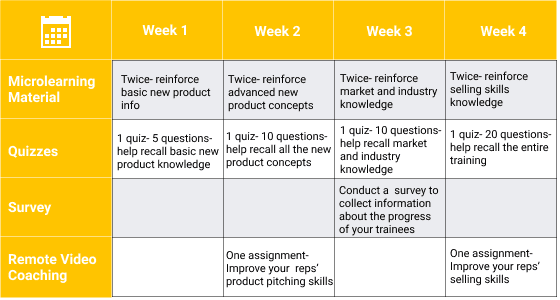
Week 1
In the first week, send out two Microlearnings (once in 3 days) to the learners. The focus should be on reinforcing basic product knowledge.
Next, conduct one short quiz test (5 questions) in order to help the learners recall the information that they have learned through SmartFeeds this week.
Week 2
Deliver two Microlearnings (once in every 3 days) in the second week as well. This time the focus should be on reinforcing advanced new product concepts.
Then, conduct a quiz test with 10 questions covering all the new product concepts
Assign a remote coaching assignment. Focus it around improving your reps’ product pitching or demonstration skills. Here is an example assignment:
Example Remote Coaching Assignment: Record a 2 min video pitching the new product. Make sure to cover the following in your pitch
All the features and benefits of the product
3 main USPs of the product
Week 3
Send two Microlearnings in the third week. This week’s focus is to reinforce the knowledge of
The Market Landscape
Competitors
Compliances and policies of the industry
Conduct a quiz test with 10 questions and help the learners retain the information that’s been reinforced this week.
Have the reps take a survey in order to uncover information about:
How efficiently they are able to use their sales training while selling
Is there a need for further training in order to help them tackle any particularly difficult sales scenarios etc.
Example Survey Questions:
Have you come across any customer queries about the new product which you found difficult to answer?
On a scale of 1-10, how confident do you feel about [meeting a sales target] this quarter?
Week 4
Send out two Microlearnings in the fourth week. The focus for this week is to reinforce sales knowledge amongst your reps. Like,
Sales methodologies
Objection handling techniques
Closing techniques etc
Conduct a quiz test with 20 questions. Cover everything that the reps have learned so far in this quiz.
Conduct a remote coaching assignment and focus it on improving your reps’ sales conversations. Here is an example coaching assignment that you can use:
Example Remote Coaching Assignment: During a video call, a prospect says that she is getting the same kind of product with all the same features for a much lesser price from [competitor’s name]. Then, why does she have to choose your product?
Some more resources on training remote teams
‘Work from Home Warriors’: Sales Training Game for Remote Sales Teams
How to Deliver Training to your Remote Sales Staff?
Want to know how to organize and run a virtual sales kickoff?
Read: How to Create and Implement a Perfect Virtual Sales Kick-off?
Looking for some exciting training games?
7 Sales Training Games that actually boost your sales team’s skills
5 Sales Role Play Games that Prepares your Team to Win
Learn about the ideal learner’s journey that leads to creating sales experts
The Learner’s Journey: Making of a Sales Expert
Looking for a sales training software that takes your sales training to a whole new level?
Explore SmartWinnr’s Learning and Gamification features. Learn how to run fun, exciting and engaging sales training for your team through SmartWinnr.
Curious to learn more about it? Book a demo today!
Related Posts
Looking for a sales training software that takes your sales training to a whole new level?
Explore SmartWinnr’s Learning and Gamification features. Learn how to run fun and engaging sales training and sales coaching for your team through SmartWinnr.
Curious to learn more about it? Book a demo today!


